The modern lifestyle has elevated healthy eating into a cult. In it, fish and all seafood occupy the first places as a source of useful nutrients.
Among the fish, one stands out - salmon, because of its taste qualities and the content of useful ingredients, because of which it is about to take the first place among seafood.
Salmon is a farmed fish due to high demand, but wild salmon caught in its natural habitat continues to be available. There are significant differences between the two types and they are the subject of debate. Where exactly the truth lies is a matter of many conventions and it calls for a parallel to be drawn between wild and farm-raised salmon to give some idea of the nature of fish raised, which is differently.
Main differences between wild and farmed salmon
Habitat - Farmed salmon are usually from the Atlantic and then raised in a controlled environment. It is available fresh all year round straight from the fishmonger. The ease of supply makes it more budget-friendly than the diva, which is caught only from June to September.
Taste characteristics - the taste of each species is different. Wild salmon has a stronger taste, is firmer and less fatty. The one grown in fishponds has more fat, breaks down more easily and has a milder taste.
Nutritional value - wild salmon have a variety of food sources. Fish farmers feed the fish corn, grains and astaxanthin - a compound that gives the meat its orange color.
Wild salmon has a pink color, because it eats crustaceans, other shellfish, algae.
In addition, there are 5 different types of salmon and each has its own characteristics. Research cannot give a definitive answer as to which type of salmon is healthier. However, recent research suggests that the groups of antibiotics given to farmed fish have their negative effects. Usually the taste and texture of the fish and whether it is fresh or frozen determine preference. And whether salmon will often be present on the table is determined by its benefits for the body.
How healthy is salmon?
Everyone knows that this fish contains essential fatty acids omega-3, iodine and potassium, as well as vitamins - B6, B12, niacin, folic acid, vitamin D. They have a positive role on blood lipid levels and prevent heart disease. The unique saturated fatty acids are the most valuable in the composition of the fish and make it so useful for health as well as for a good figure.
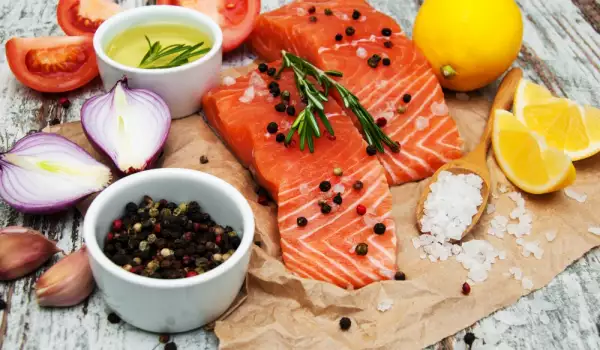
Wild salmon contains the unique and valuable nutrients accumulated in natural conditions and is an asset for every table.
Origin and lifestyle of wild salmon
The birthplace of wild salmon is the northern parts of the Pacific Ocean, the North Atlantic and the rivers that flow there. In clean rivers, streams and ponds, in hundreds of spawning beds, millions of fish hatch, feeding on the yolk supply of the mother fish and then prey on small crustaceans and aquatic insects.
Some salmon go into the sea, others stay in their birthplace, until they are 3 years old. After 2 to 4 years, the salmon return to their birthplace to spawn. It swims thousands of kilometers, overcomes enormous challenges to provide offspring. Therefore, it reaches from 2 to 7 years of age.
Returning and preparing to spawn marks the start of the most amazing part of these fish's lives. Salmon stop feeding and put all their energy into reproductive organs. Upon entering the spawning grounds, they are already very exhausted.
Upon arrival at the breeding site, the female immediately lays eggs, which are fertilized by the male. This uses up all their energy and they die.
Because the water is very cold in winter, the bodies of the dead fish decompose very slowly. However, as soon as it warms up and the water temperature rises, the fish decompose and enrich the water with valuable tissues, creating good conditions for the hatching of young salmon.
Color and nutritional value of wild salmon meat
The flesh of wild salmon is gray to white. The pigment comes from astaxanthin, which is found in algae and protozoa. They get there from crabs and other shellfish. Depending on the type of food, the color of the meat can vary - from light pink, through salmon color, to orange and deep red. The flamingo's pink color comes from the same carotenoid as salmon.
Wild salmon is a good food product for the health and figure. It contains few calories and is suitable for dietary nutrition. It contains 142 kilocalories per 100 grams of product, as well as 57 calories from fat, 55 milligrams of cholesterol, proteins, vitamins and minerals. Their health benefits deserve to be highlighted.
Why is wild salmon healthy?
The composition of fish meat, make it not only nutritious, but also a source of health. Since it is low in carbohydrates and rich in proteins, it is suitable for a healthy diet. The content of omega-3 fatty acids, in combination with vitamins and minerals, protects the body from heart disease, arthritis, diabetes, as well as some types of cancer. These ingredients reduce cognitive problems, depressive states, prevent osteoporosis.
Wild salmon selection and storage
Like any sea fish, wild salmon is easier to store than freshwater fish. When fresh, it should be thoroughly dried and wrapped in parchment paper, then stored in an airtight container in the refrigerator. That way it lasts 2-3 days.
The freezing of the fish takes place at 18°C below zero and the durability then reaches 1.5 months. What should be known, however, is that you do not freeze fish that is not fresh and has not been cleaned from the entrails. It is necessary to strictly monitor the state of the fish.
Ways of culinary use
Wild salmon can be cooked in many ways - smoked, baked, fried, marinated. It can even be eaten raw as sushi or sashimi.
This fish makes good combinations with different flavor, but with spicy, sweet, ketchup, cheese it is completely unacceptable from a culinary point of view.
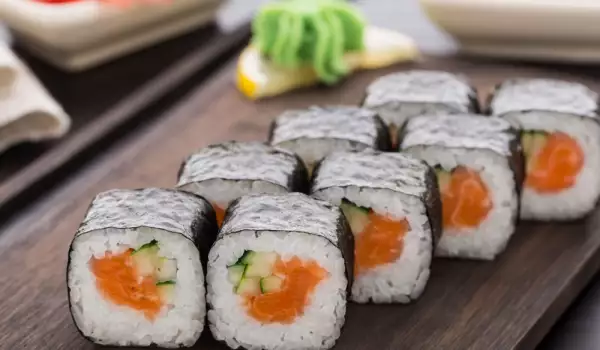
No matter what recipe is chosen, the culinary processing should not be very long, because the fish meat becomes dry and falls apart. As a guide, it is good to know that in its thickest part, salmon is cooked from 5 to 8 minutes for each centimeter of thickness.
Another feature is that when separating the fillet, the waste is a relatively large percentage. Out of 2.5 kilograms of fish, about 1.350 are fillets and about 1 kilogram is waste, and the entrails are 150 grams.
Culinary masterpieces with wild salmon
Sophisticated recipes can be prepared with the fish. Salmon sushi is a very popular dish in fine restaurants. Salmon with parmesan and almonds, with tomatoes and lemon in foil, marinated salmon fillets with garlic and soy sauce, with mustard, with cucumbers, with asparagus, served with lemon dressing, as an ingredient in pasta with cream and many more wonderful and delicious recipes can be made with wild salmon.
See also some ideas for:
- baked salmon;
- salmon soup.
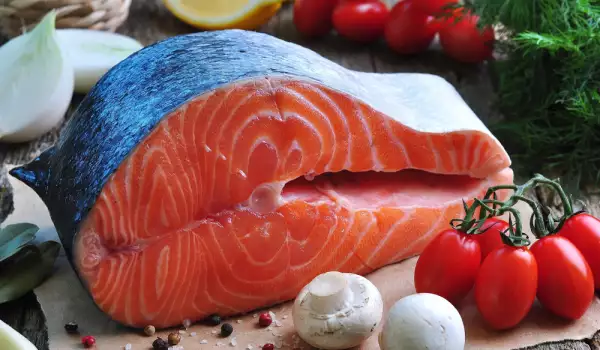
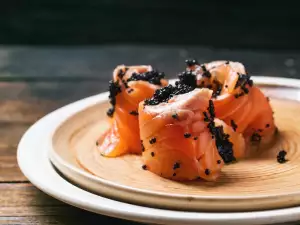
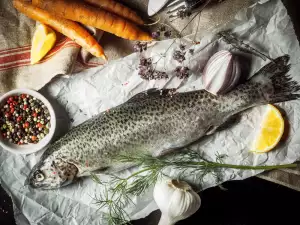
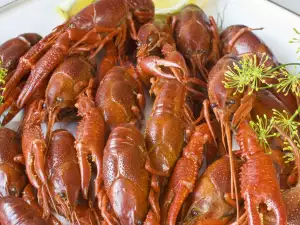
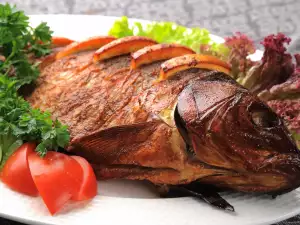
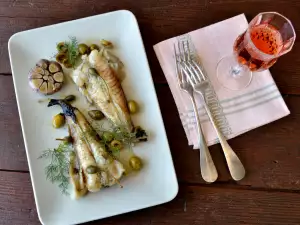
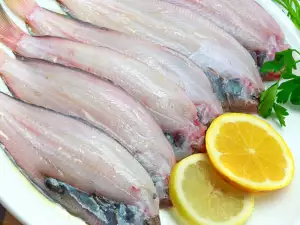
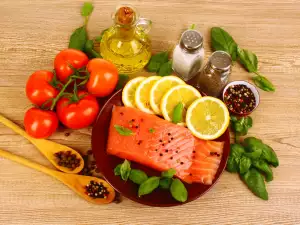
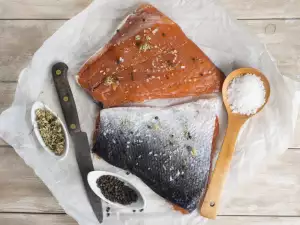
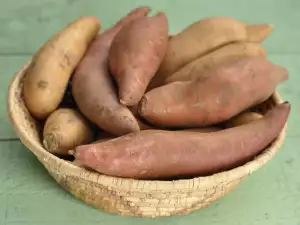
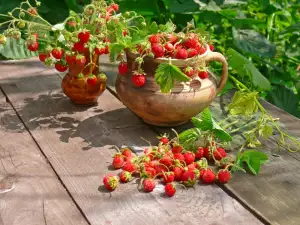
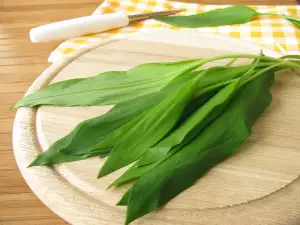
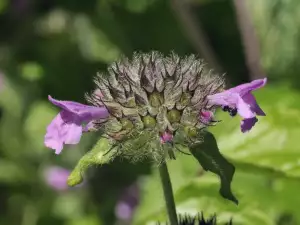







Comments